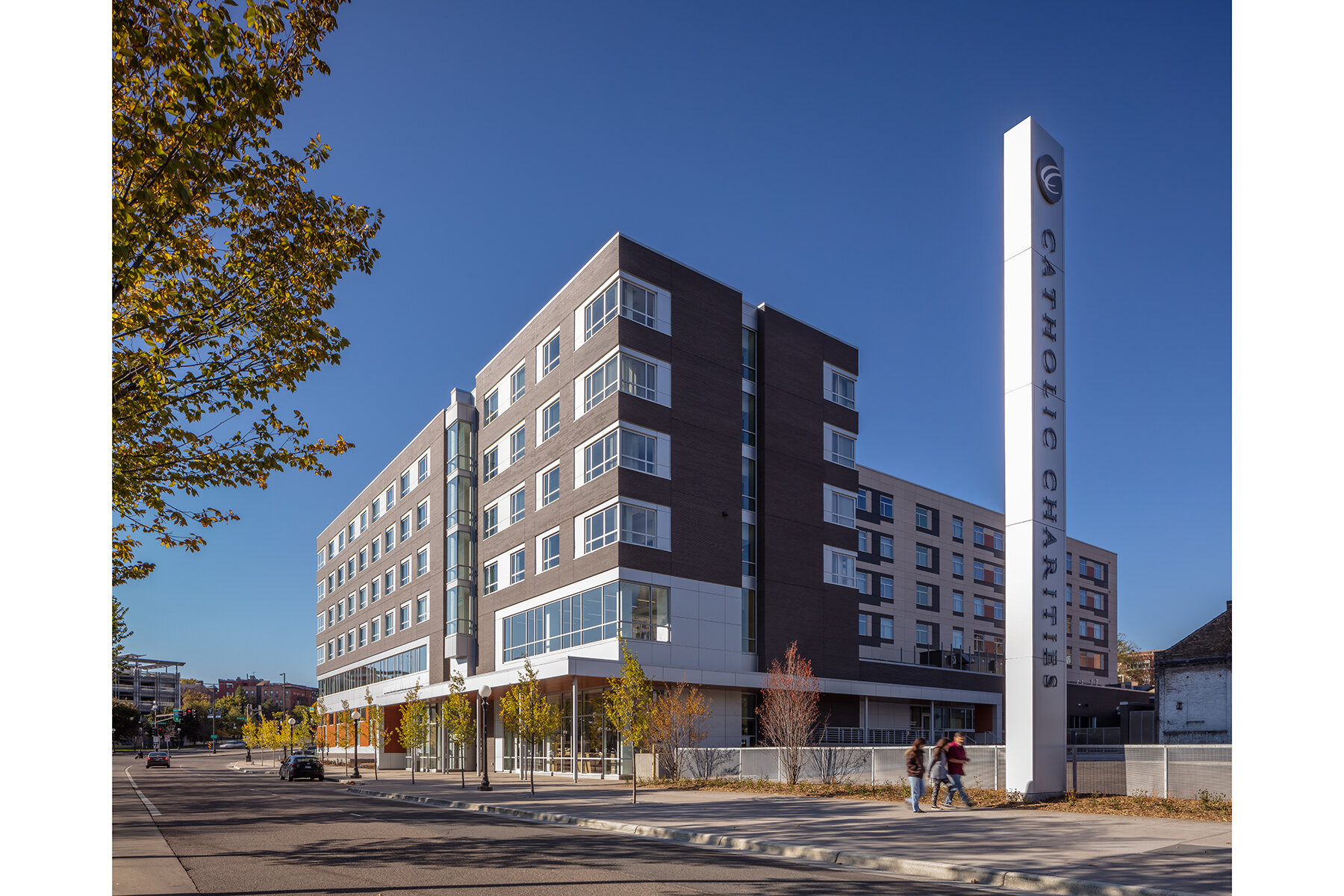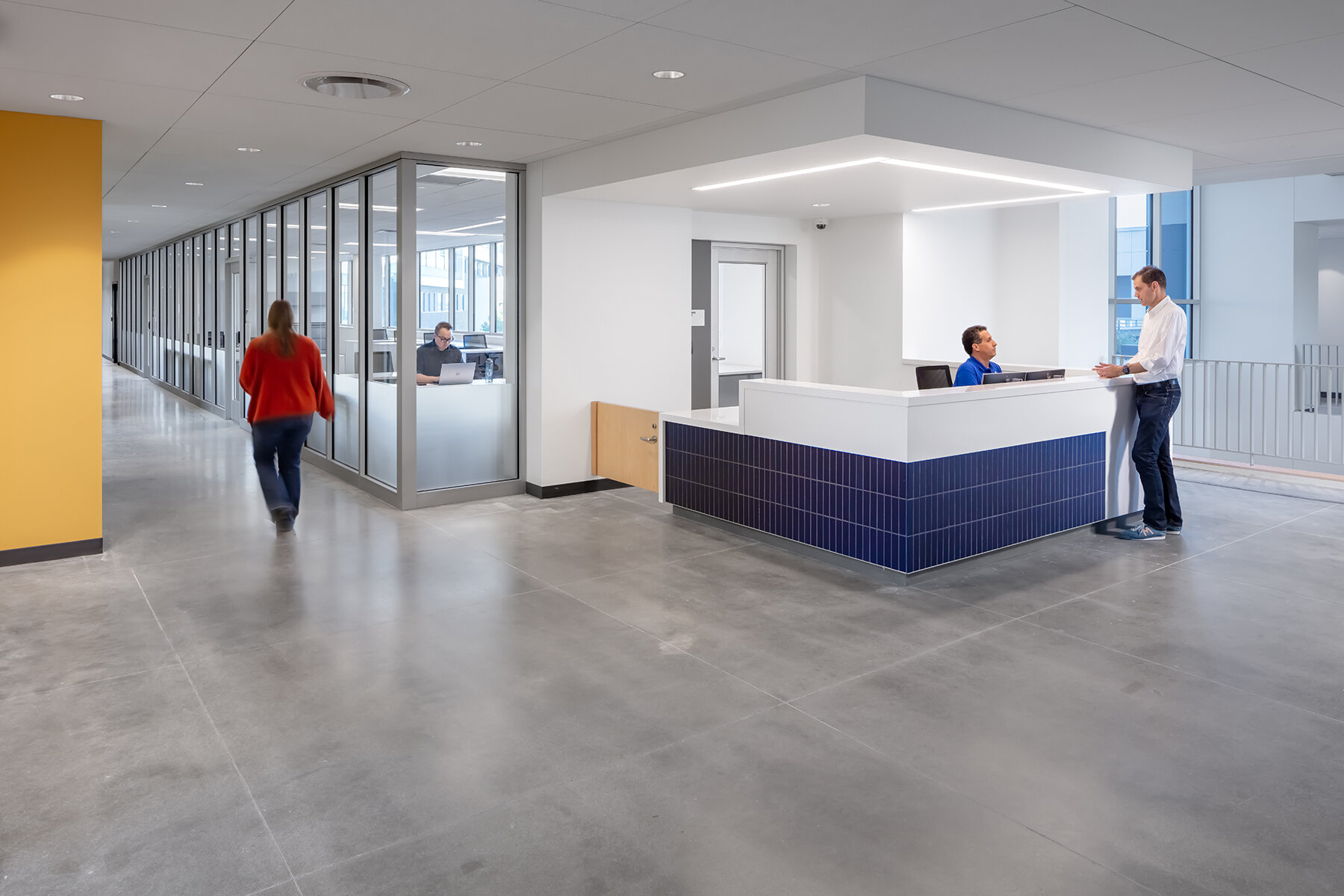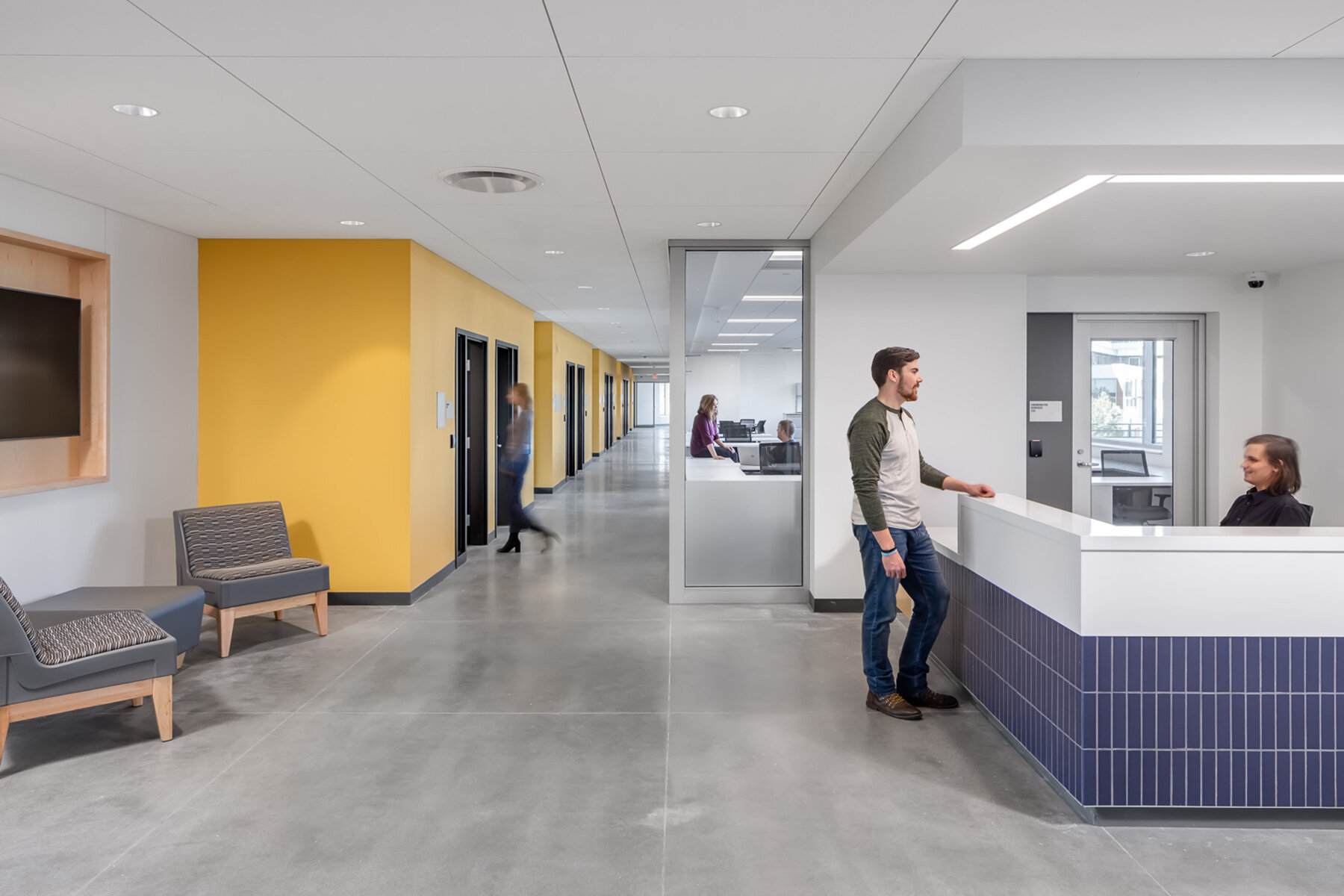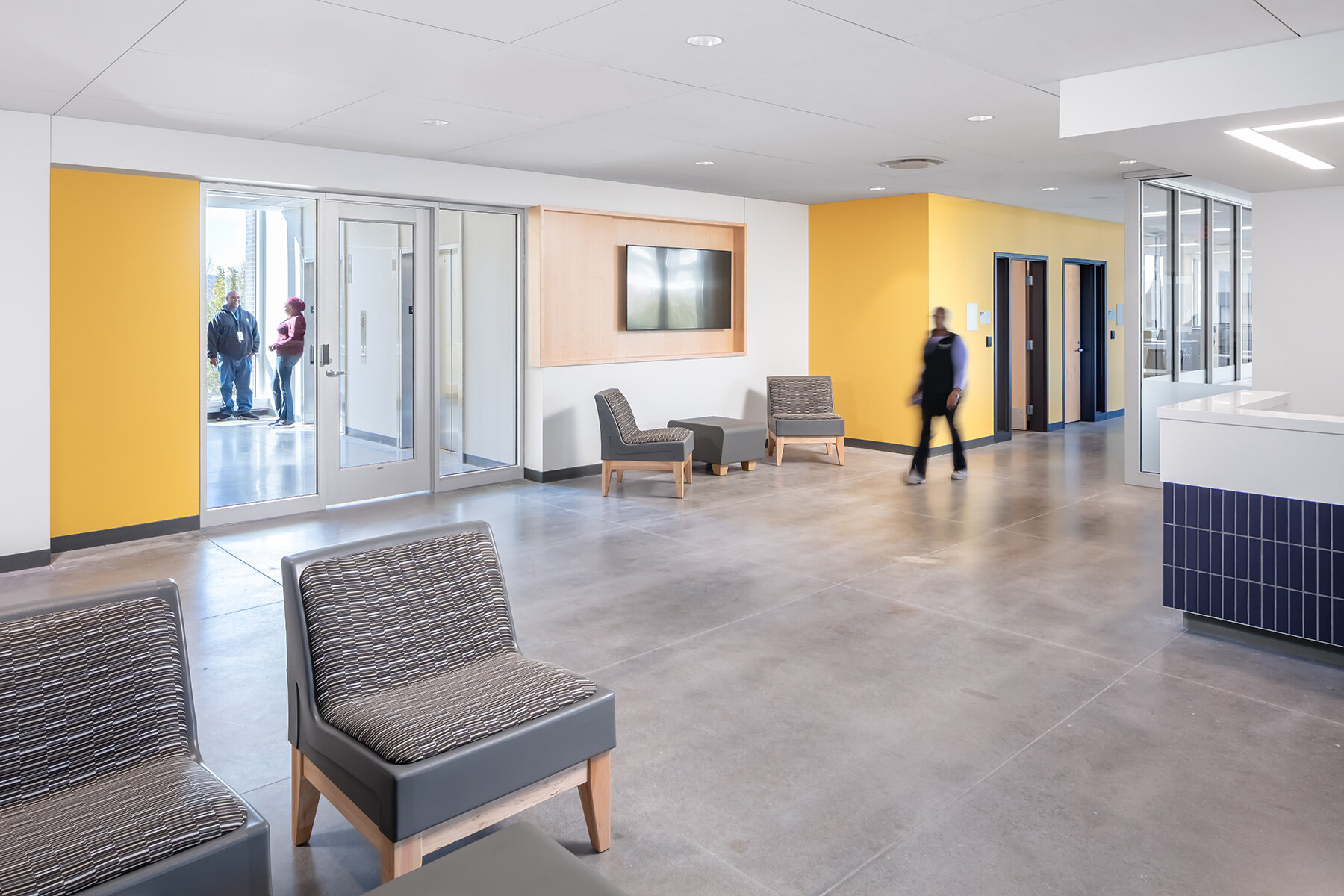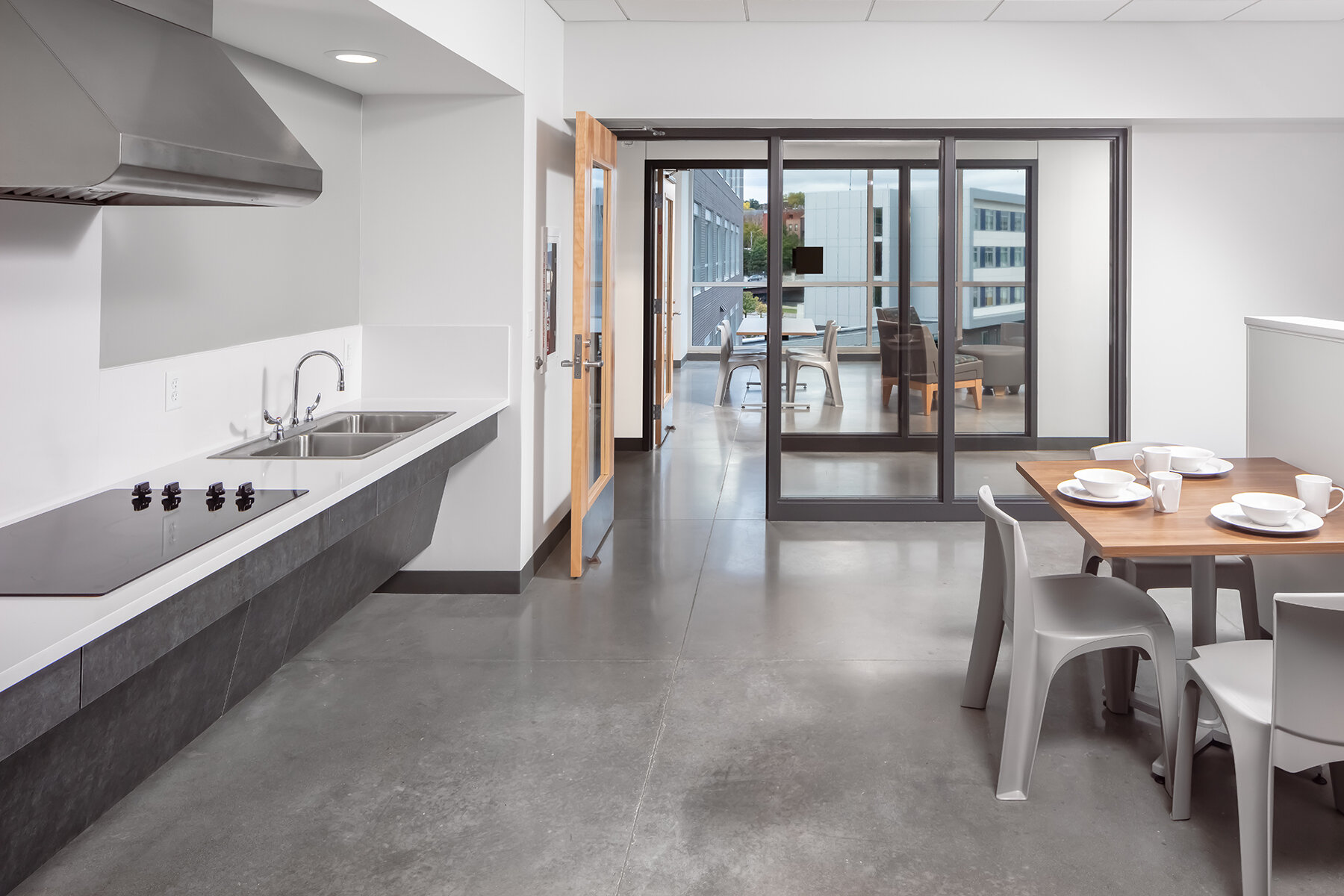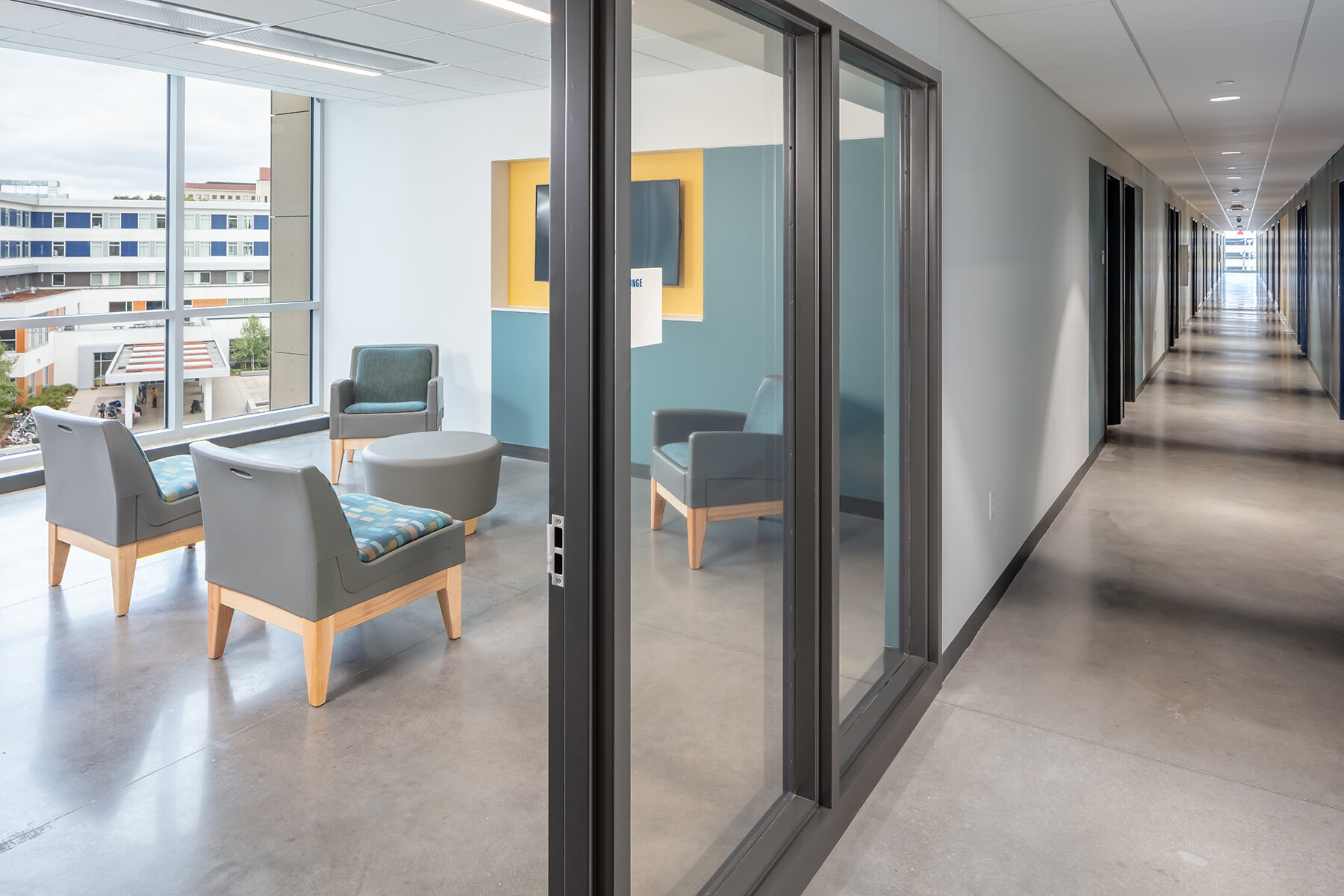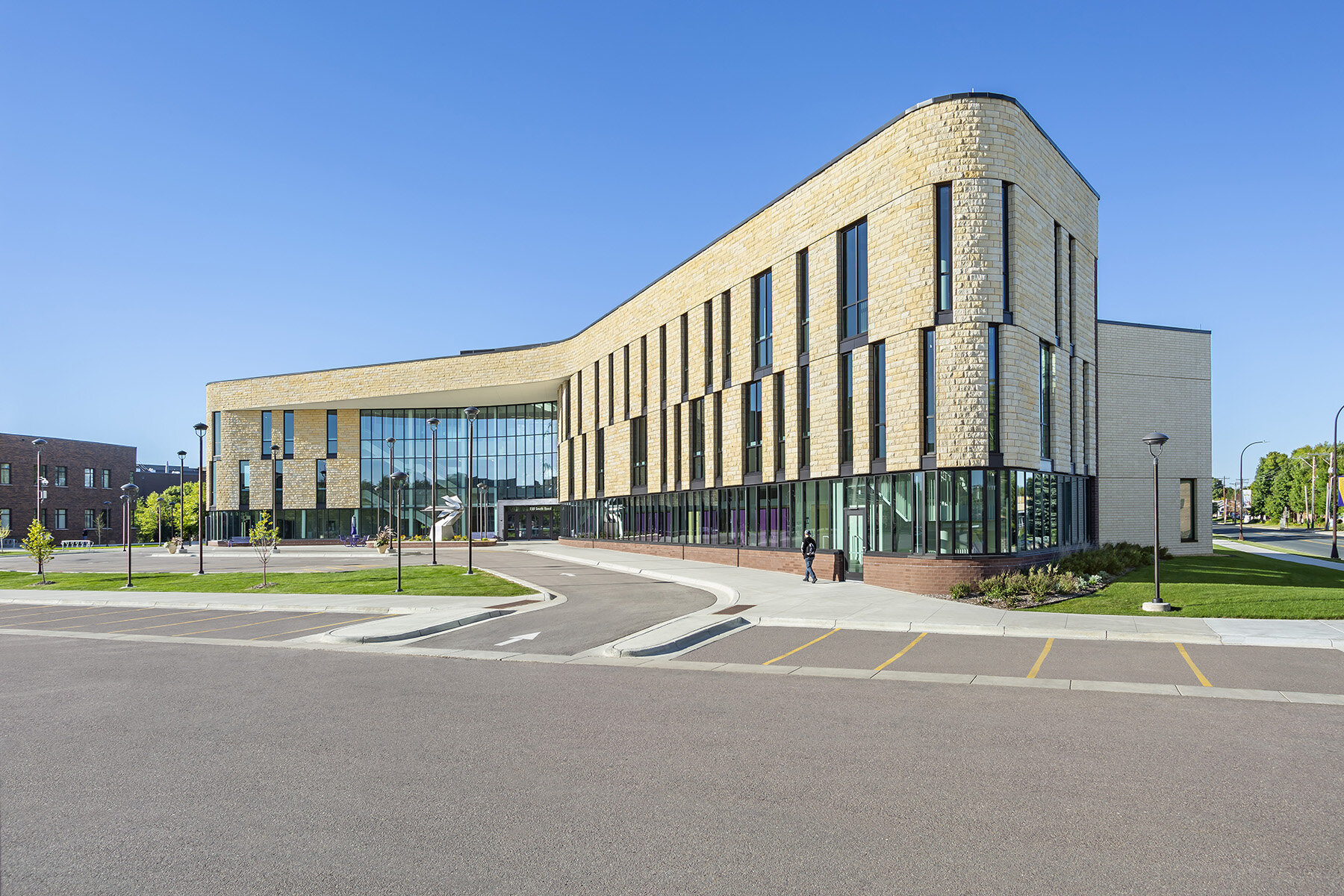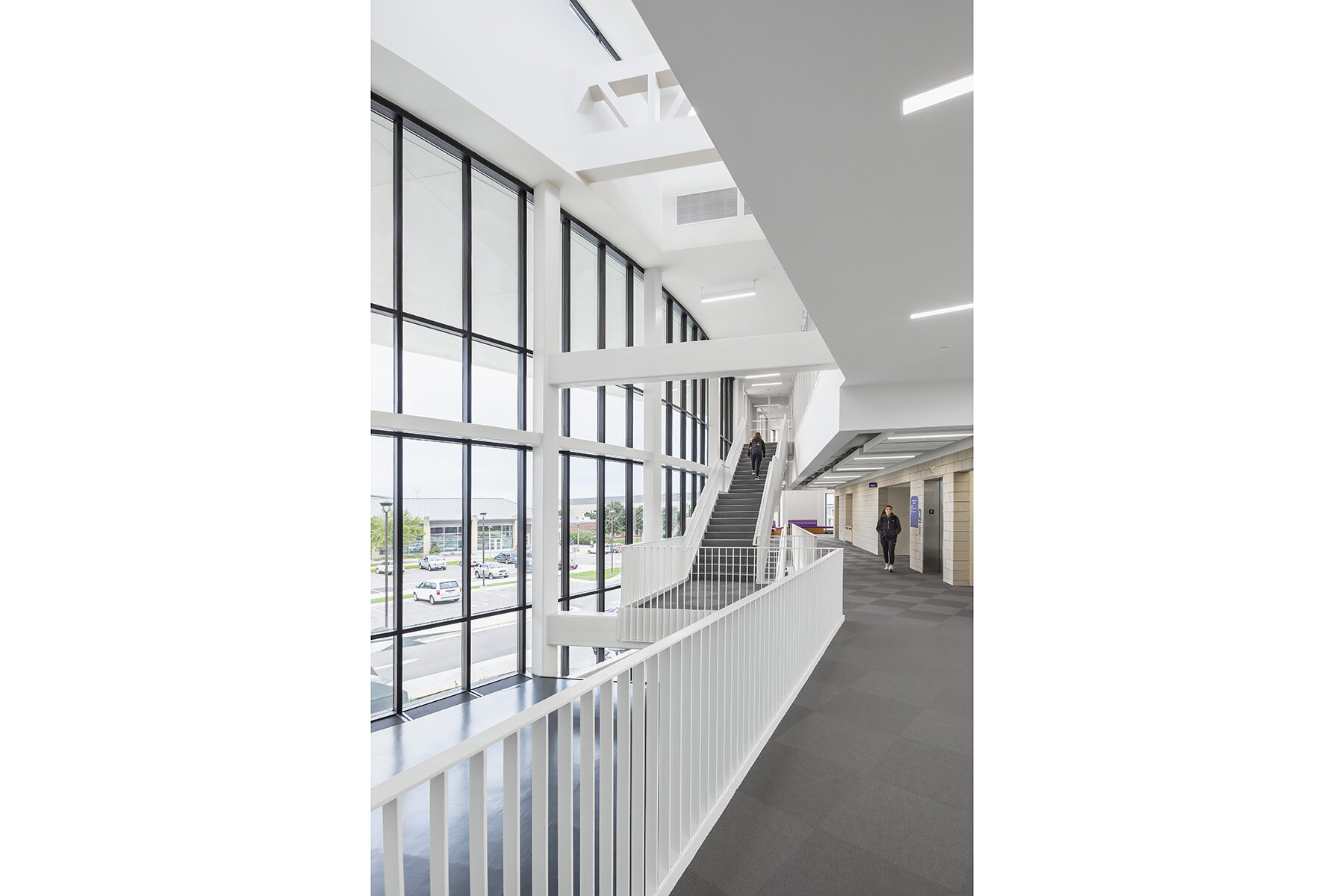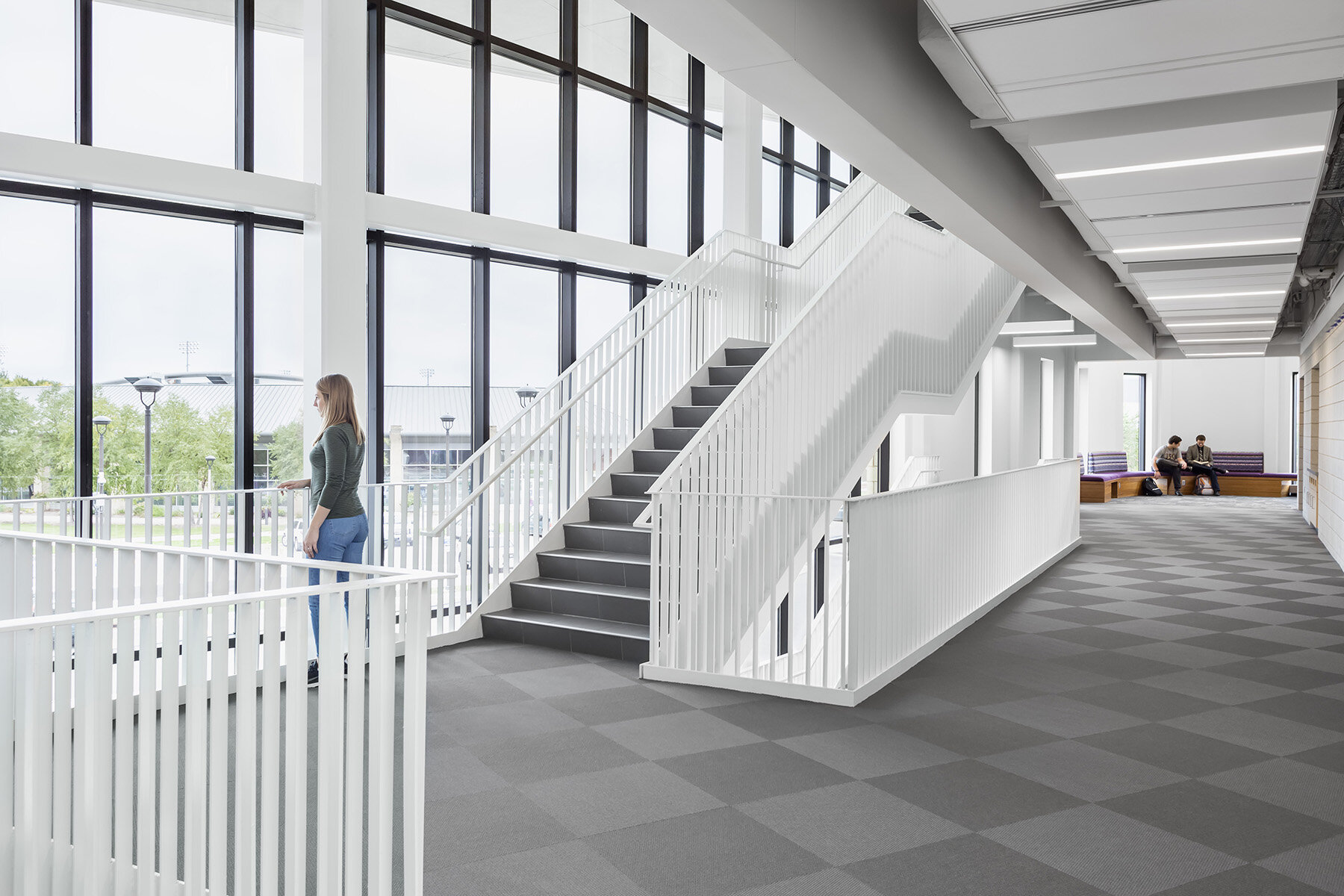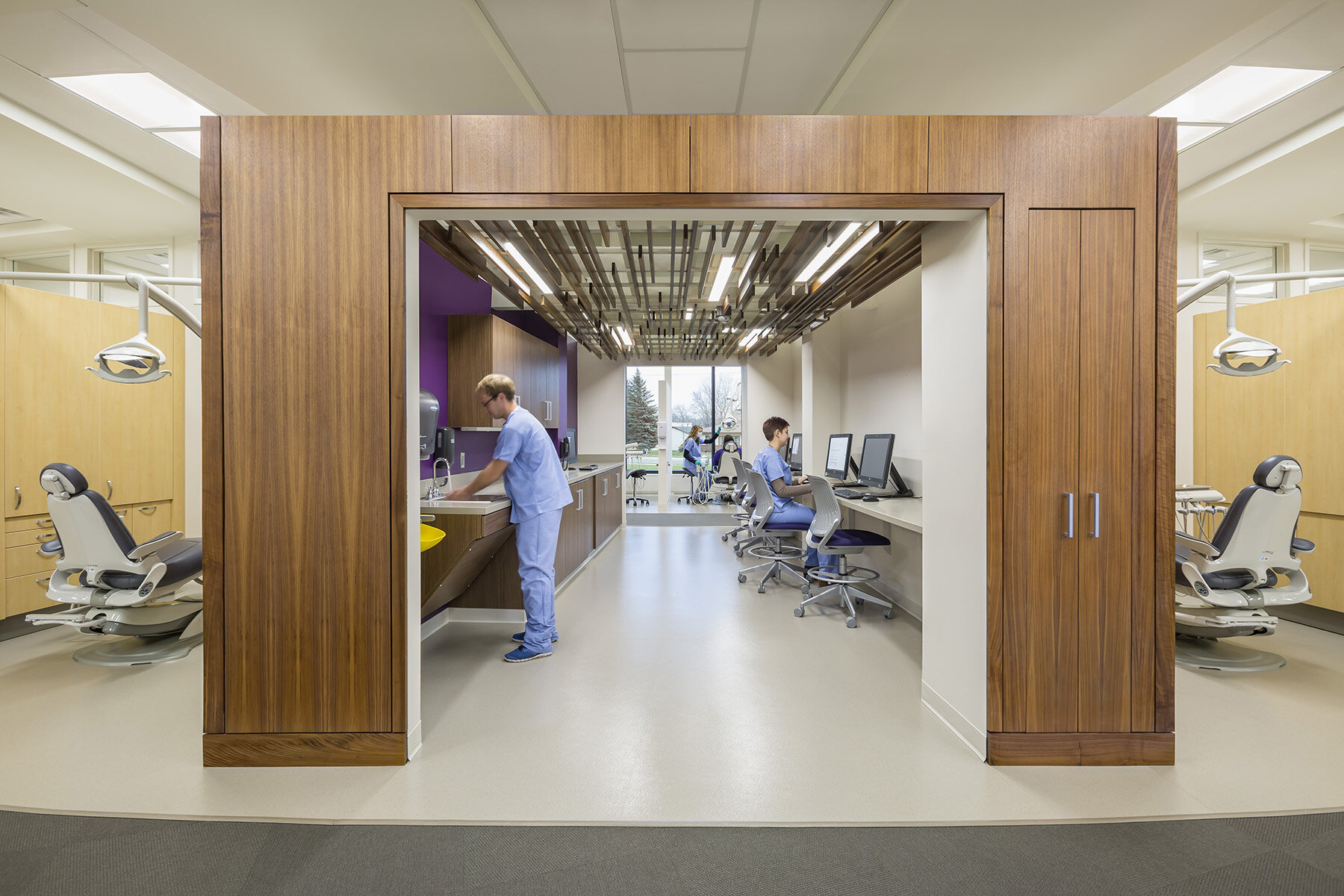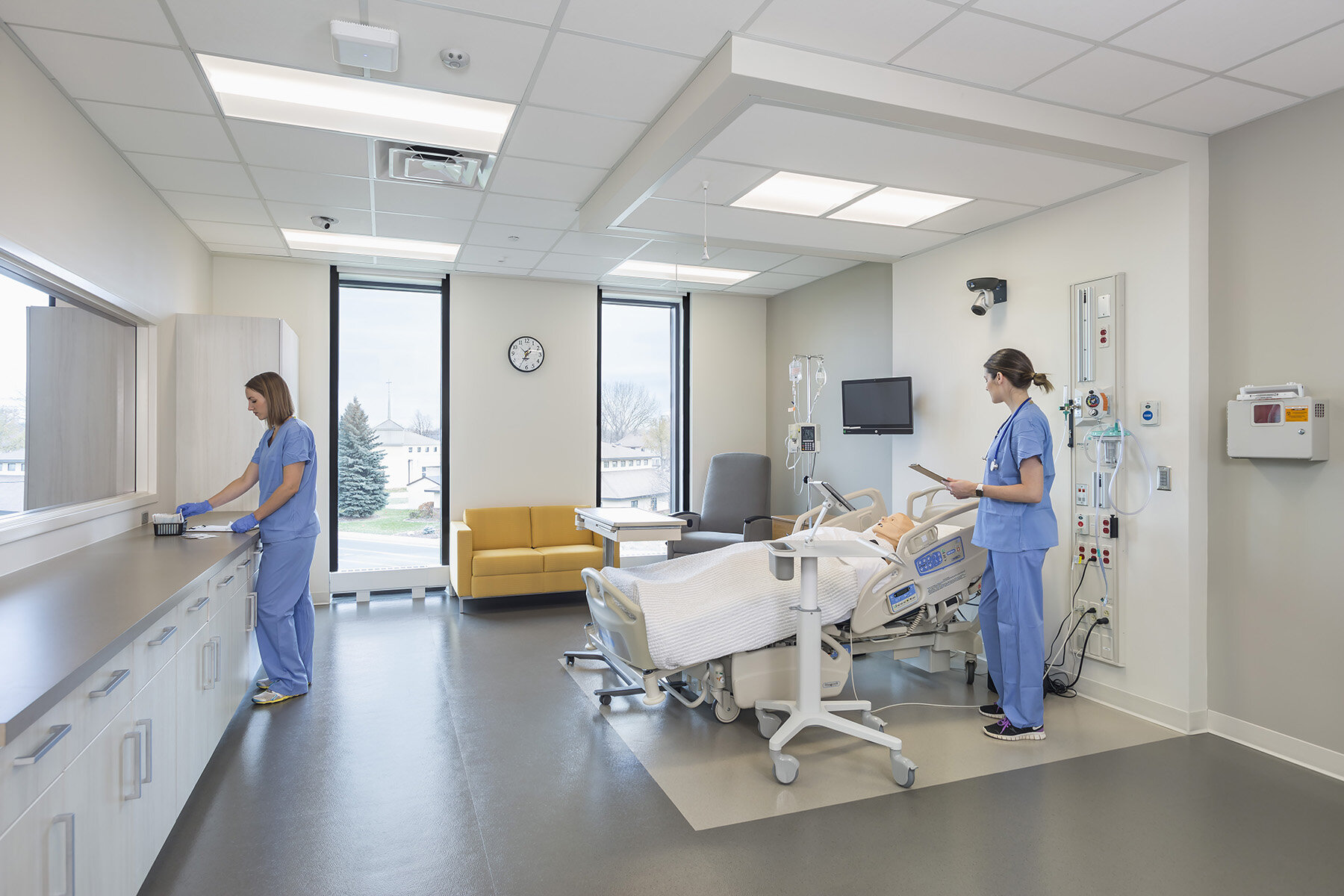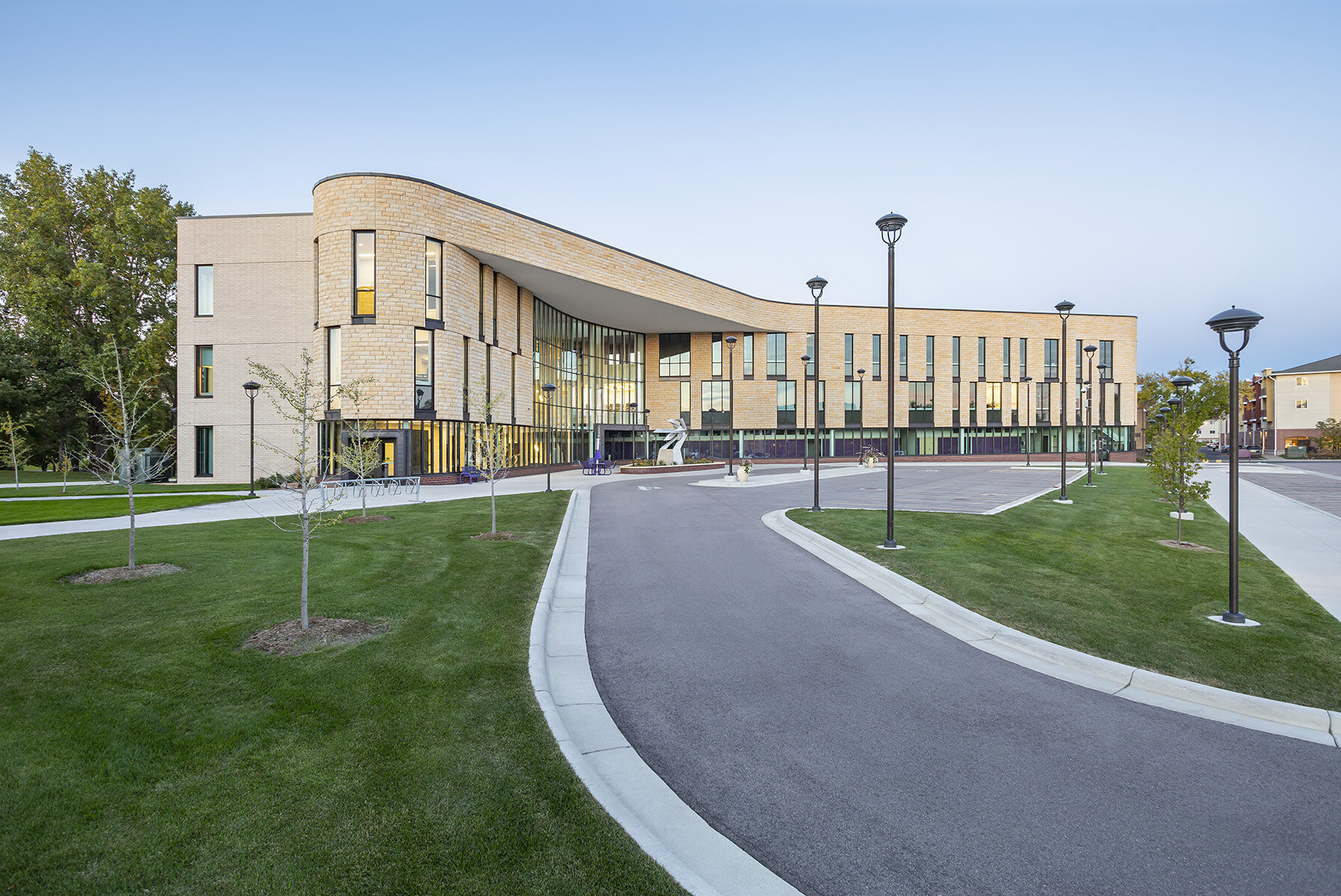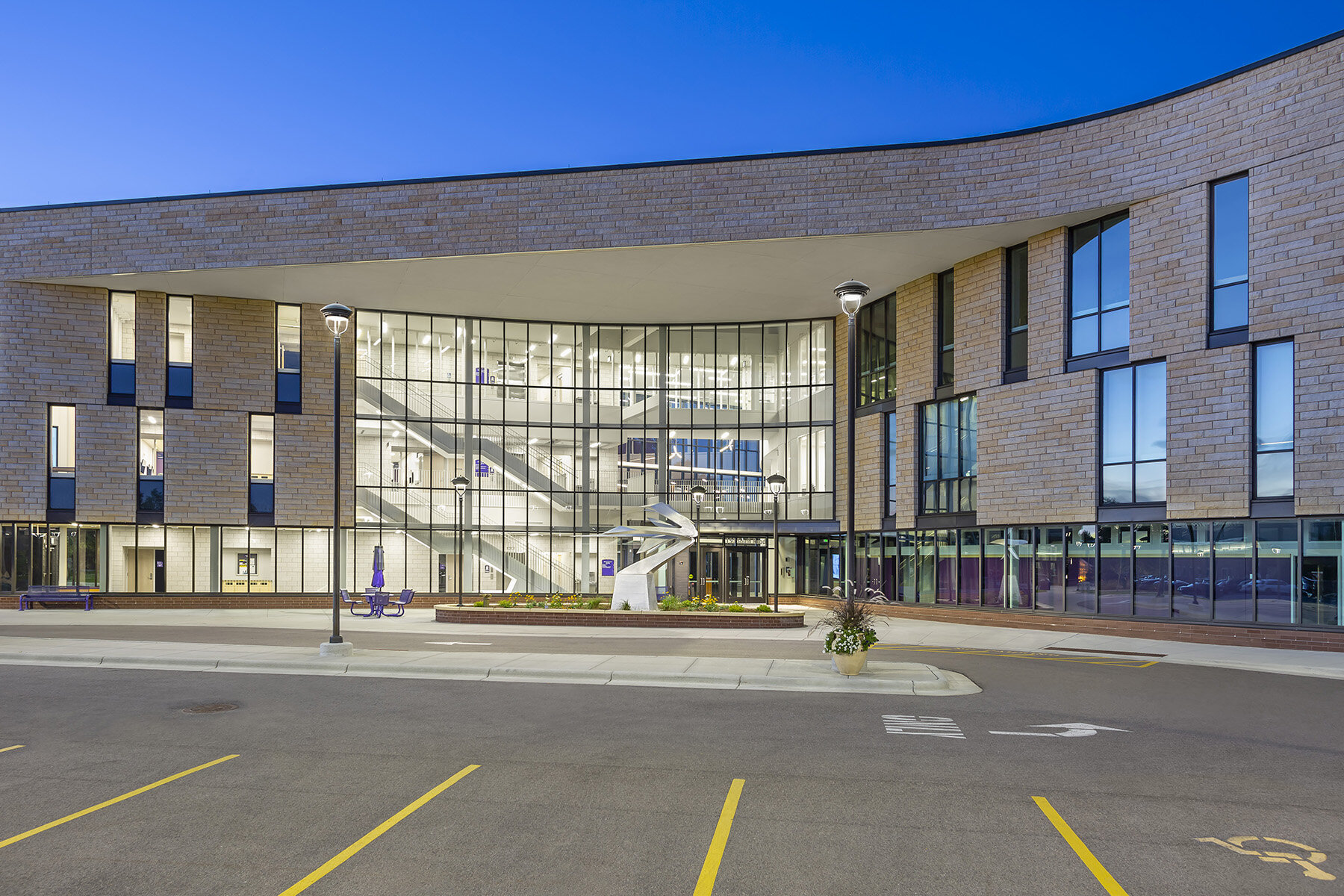The Best of B3 2021
Minnesota’s nation-leading benchmarking program and energy standard for all state-funded building projects celebrates achievements in sustainability across the state
April 22, 2021
Minnesota State University, Mankato’s Clinical Sciences Building was awarded Best of B3 Indoor Environmental Quality—Classroom/Lab. Photo by Andrea Rugg Photography.
SPOTLIGHT
Last week, the State of Minnesota’s Buildings, Benchmarks & Beyond (B3) program announced the 2021 Best of B3 winners. The six recipients—three buildings, a municipality, a college campus, and a school district—were honored for their leadership in sustainable design and operations. B3 tracks the energy use, energy costs, and carbon emissions of all new public buildings in Minnesota. It works in tandem with the Sustainable Buildings 2030 (SB 2030) energy standard, which uses progressively ambitious energy targets to get all state-funded construction to carbon neutral by 2030.
The Best of B3 is judged by a committee composed of staff members at the University of Minnesota Center for Sustainable Building Research and the Minnesota Departments of Administration and Commerce. For more information on the winners, including data on their energy modeling and performance, check out the various links on the Best of B3 Recognition 2021 page.
The DNR Area Office in Glenwood, Minnesota.
Best of B3 Design
Recipient: DNR Area Office in Glenwood, Minnesota
Owner and architect: Minnesota Department of Natural Resources
Project team: EEA, Mattson Macdonald Young, and Hallberg Engineering
Size: 8,828 square feet
Completion: 2017
This local DNR office and information center for visitors to the Minnewaska Lake area achieves high levels of energy and environmental performance through passive solar design, materials selection, insulation, and stormwater management. The building won the Best of SB 2030 award (see below) the year it opened.
The St. Paul Opportunity Center & Dorothy Day Residence. Photos by Farm Kid Studios.
Best of SB 2030
Recipient: Richard M. Schulze Family Foundation St. Paul Opportunity Center & Dorothy Day Residence
Owner: Catholic Charities of St. Paul and Minneapolis
Project team: Cermak Rhoades Architects (now with LHB), Watson-Forsberg Company, Coen + Partners, Mattson Macdonald Young, Emanuelson-Podas, and Pierce Pini + Associates
Size: 163,797 square feet
Completion: 2021
The St. Paul Opportunity Center is the second phase of the two-phase Dorothy Day Place, a downtown St. Paul project combining emergency and supportive housing with an array of social services. It uses an estimated 77 percent less energy per square foot than the average building of its type thanks to a tightly sealed building envelope, ample daylighting, and an HVAC system that employs chilled-beam technology.
The Minnesota State University, Mankato, Clinical Sciences Building. Photos by Andrea Rugg Photography.
Best of B3 Indoor Environmental Quality—Classroom/Lab
Recipient: Minnesota State University, Mankato, Clinical Sciences Building
Project team: Perkins and Will, ISG, LKPB Engineers, Shaw-Lundquist Associates, and Sebesta Blomberg
Size: 80,152 square feet
Completion: 2017
The Clinical Sciences Building houses the School of Nursing, the Department of Dental Hygiene, and the Department of Communications Disorders. In a post-occupancy survey, Minnesota State University, Mankatostudents rated the building’s indoor environmental quality a 6.21 on a scale from 1 to 7.
Best of B3 Benchmarking
A Best of B3 Benchmarking award was given in each of three categories. The City of Roseville won in the Local Government category; its 12 buildings in the B3 program used 29 percent less energy than the benchmark in 2019. In Higher Education, the Jackson campus of Minnesota West Community and Technical College was cited for using 31 percent less energy than the benchmark in 2019 across eight buildings. And Pine Island Public Schools was the winner in the Public Schools category; its two B3 buildings used an eye-opening 41 percent less energy than the benchmark in the same year.



